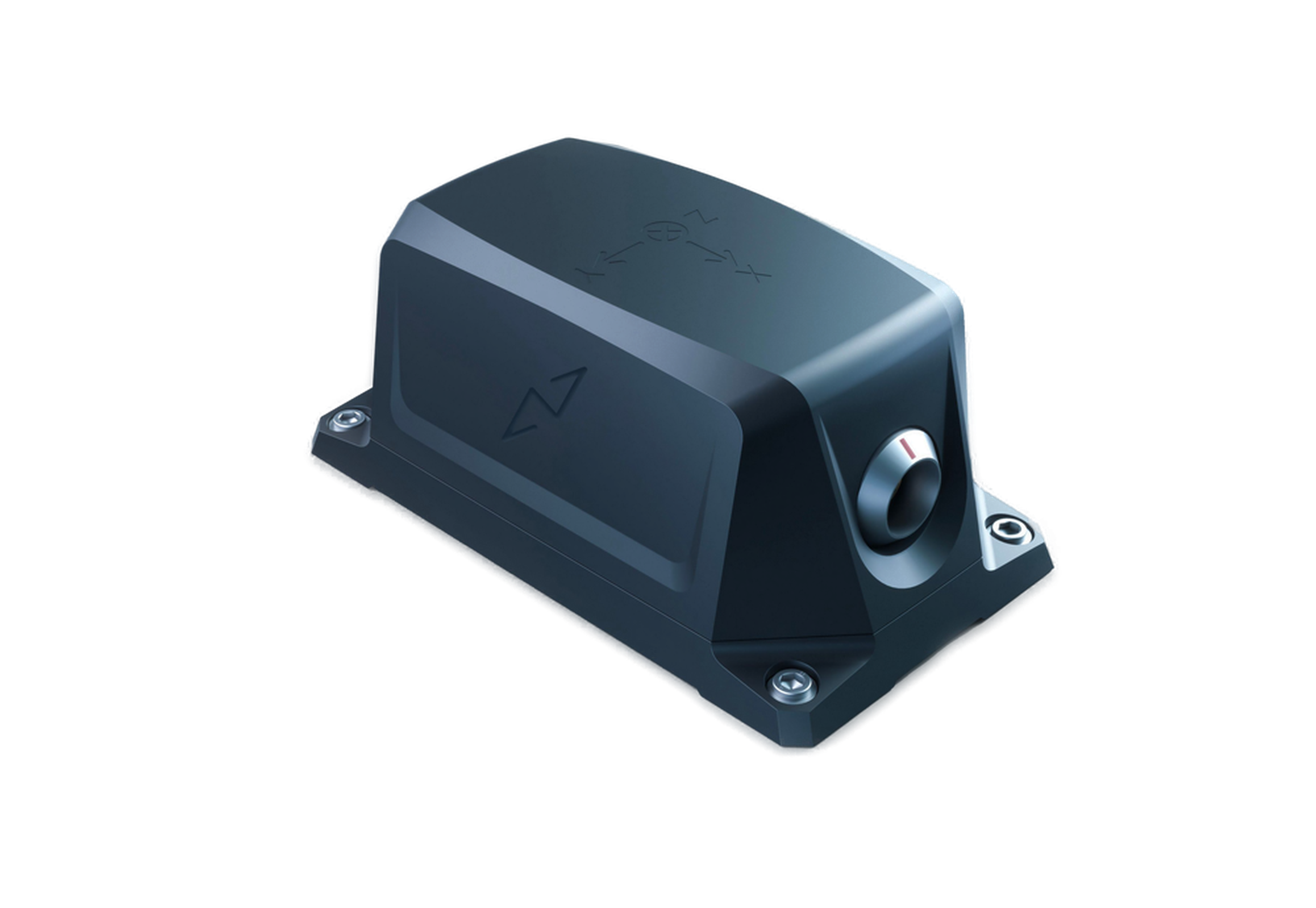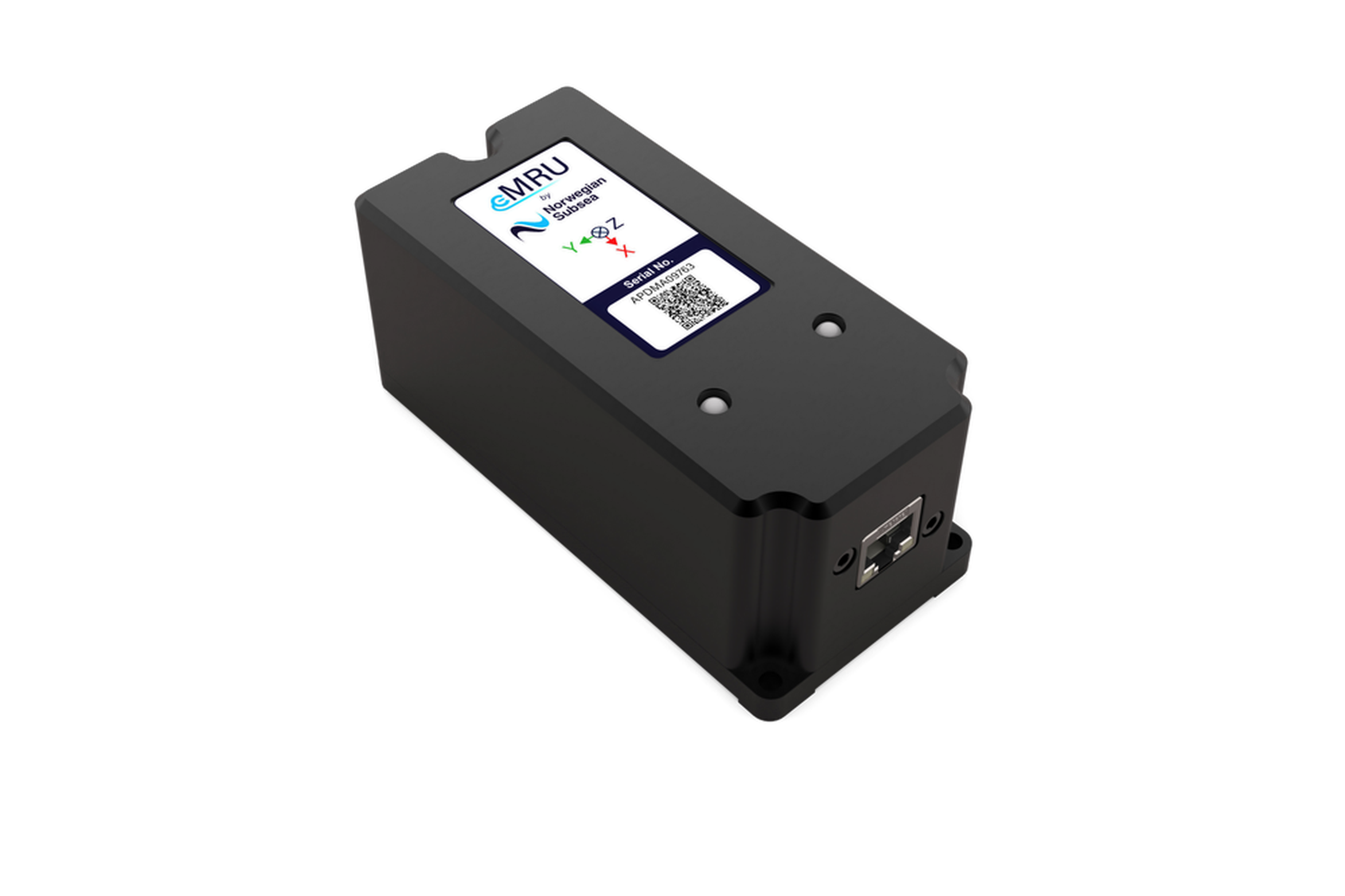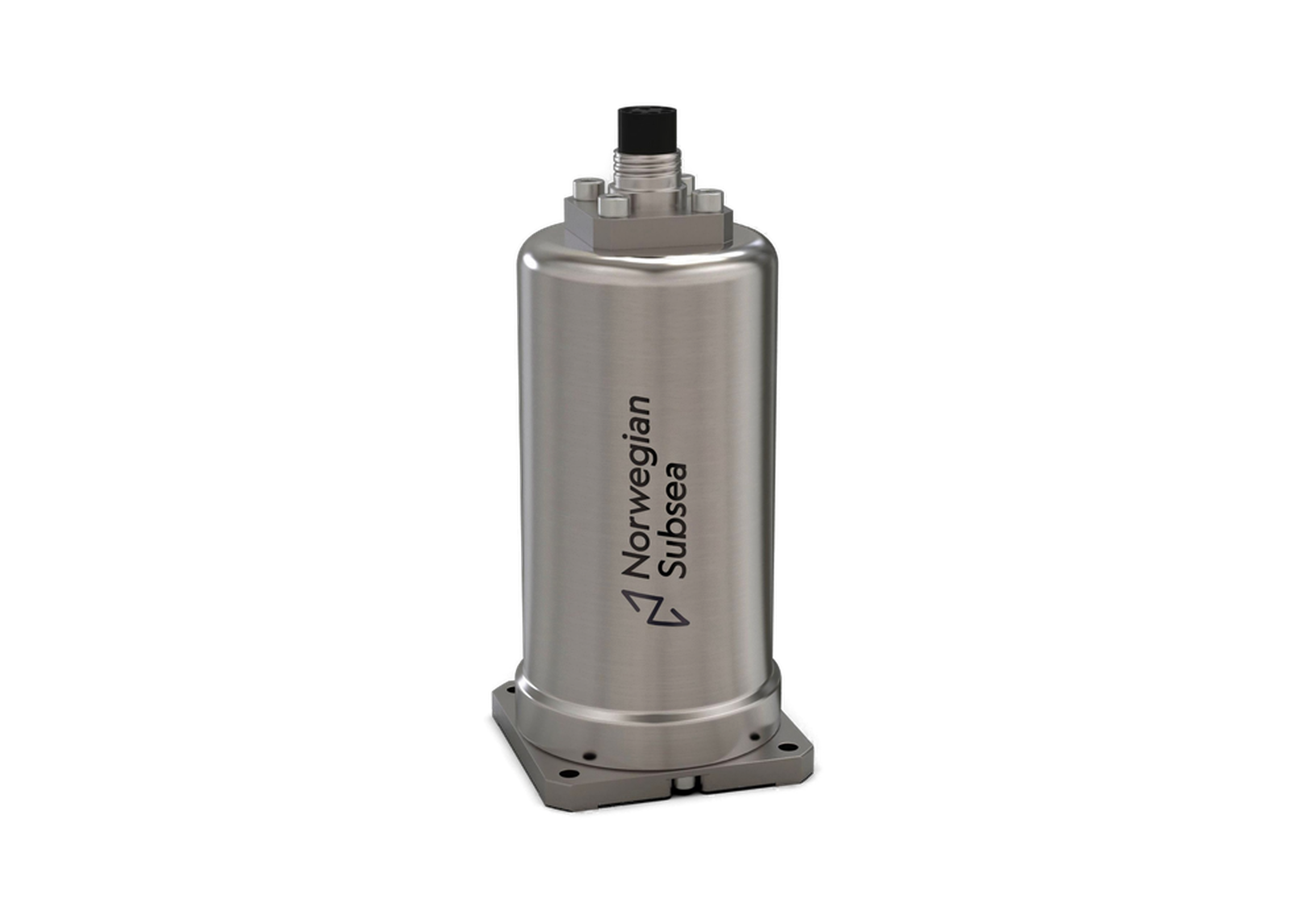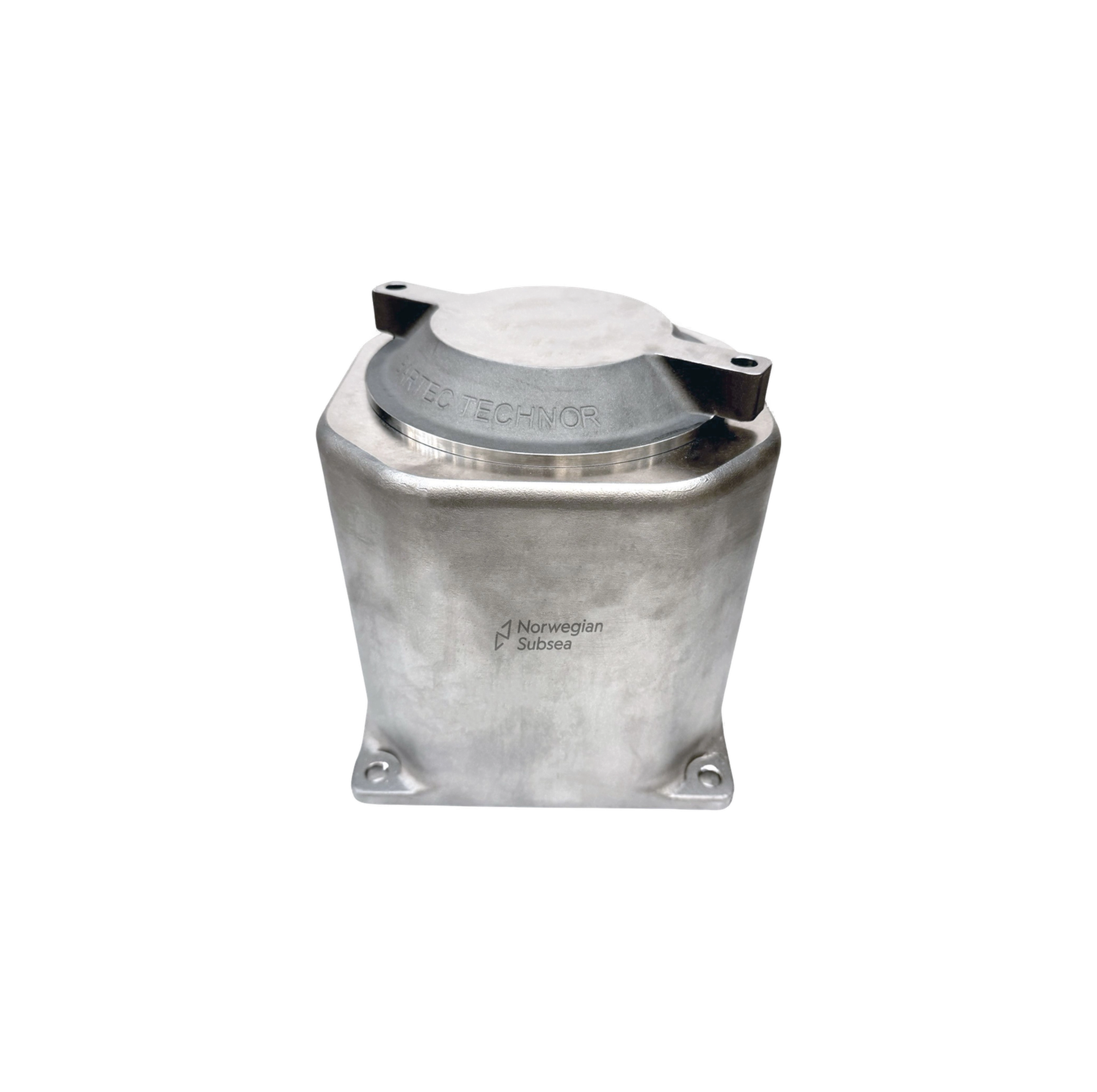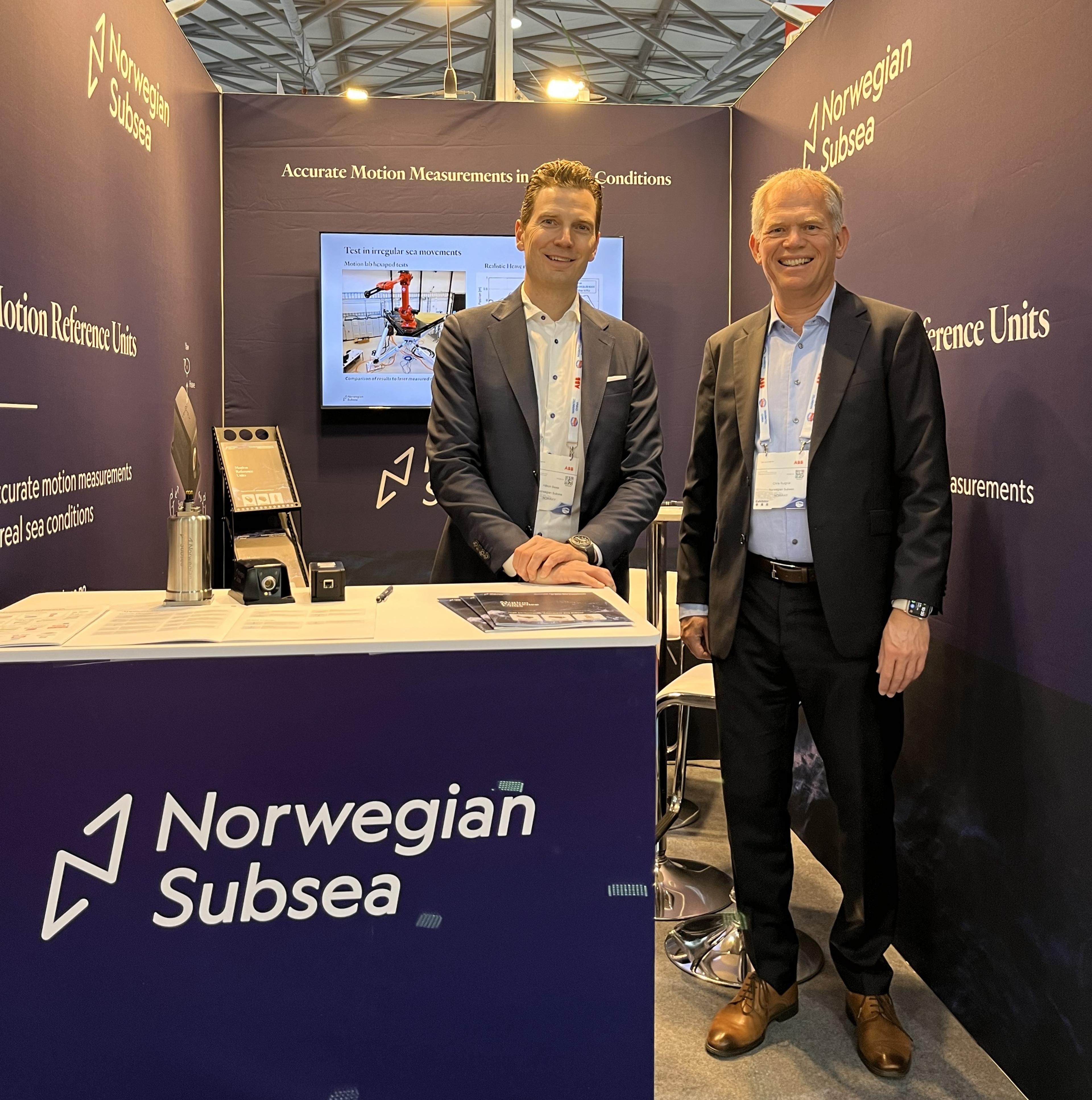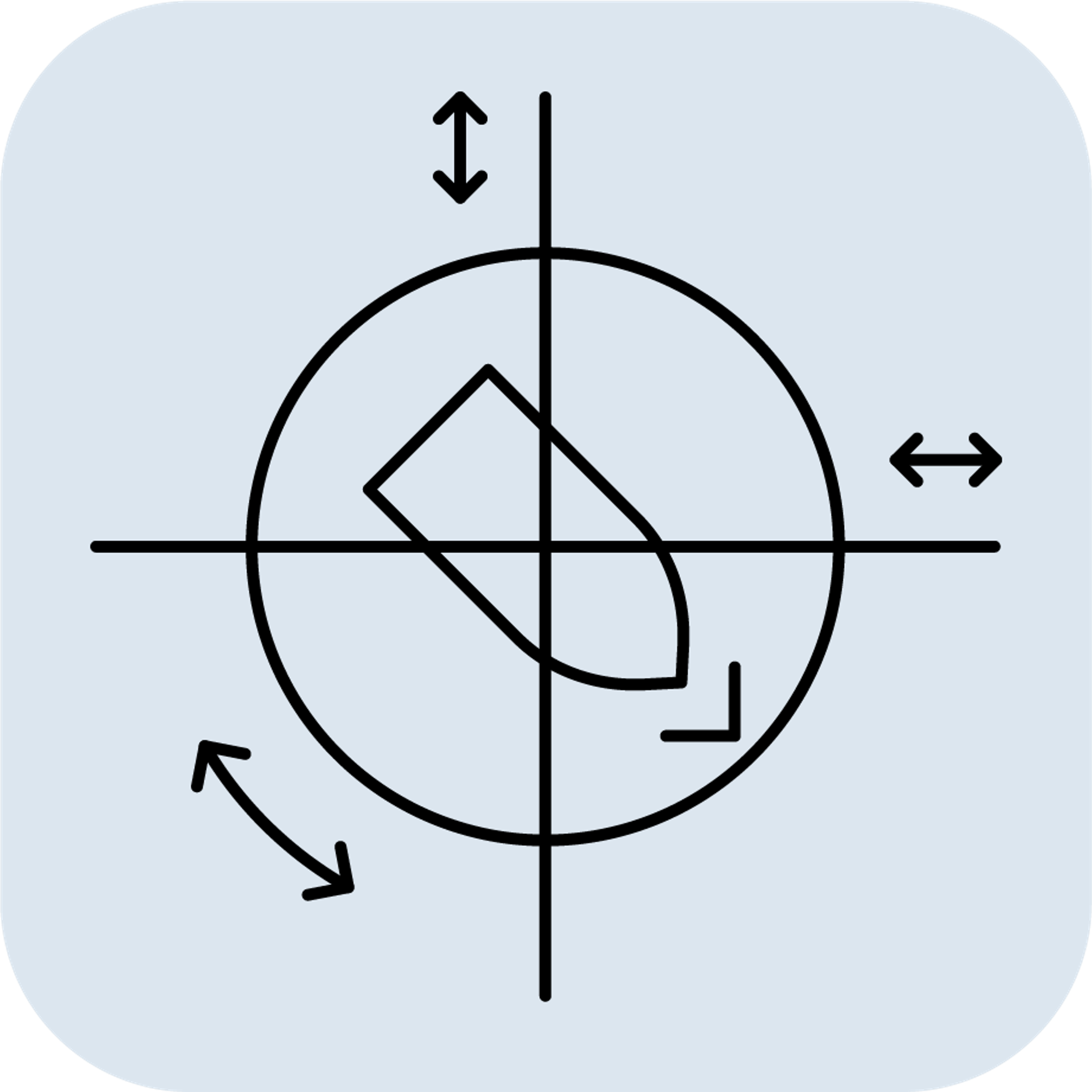What is a VRU and how does it differ from an MRU?
What is a VRU and how does it differ from an MRU?
A Vertical Reference Unit (VRU) is an advanced device that measures the attitude of an object, specifically its Roll and Pitch. Like Motion Reference Units (MRUs), VRUs use high‑end accelerometers and gyroscopes combined with advanced sensor fusion algorithms to deliver accurate readings even in dynamic and irregular motion conditions.
VRUs are used in applications that require real‑time, high‑accuracy Roll and Pitch data to ensure effective control system response. They provide the precise angular measurements needed for motion compensation of GNSS antennas in dynamic positioning (DP) systems, stabilising fins on vessels, and advanced instrument compensation within monitoring and control systems where only roll and pitch data is required. In all these cases, where Heave, Surge and Sway data are not required, a VRU offers a highly reliable and cost‑effective solution.
VRUs for Instrument Compensation
Instrument compensation relies on accurate Roll and Pitch inputs to correct sensor readings or stabilise equipment affected by vessel or platform movement. A VRU is well suited for this task because it provides stable, high‑precision angular data in real sea conditions, including scenarios with irregular, coupled motions. The accuracy and stability of the VRU allow connected systems to react effectively, ensuring consistent and reliable performance of instruments such as GNSS antennas, stabilising fins, or other devices that depend on precise attitude information.
Norwegian Subsea offers high‑performance VRU versions across the entire MRU product line, including Compact, Marine, Subsea and Ex models. These units deliver the same exceptional Roll and Pitch accuracy as the full MRU range, available in ±0.05°, ±0.02° or ±0.01° depending on the series. By focusing solely on angular measurements, the VRU versions provide a compact, dependable and cost‑efficient solution for advanced motion control applications where full 6DoF data is unnecessary.
MRU vs VRU: Key Differences
Norwegian Subsea’s VRUs and MRUs share the same high‑quality internal hardware, rugged construction and advanced sensor fusion algorithms. Both devices calculate coupled motion across all six degrees of freedom (Roll, Pitch, Yaw, Surge, Sway and Heave). The key difference lies in the output.
A VRU is essentially an MRU configured to output only Roll and Pitch data. It retains all the performance benefits of the MRU but excludes Heave, Surge and Sway outputs, making it a more cost‑effective option for applications where only attitude measurements are required.
All MRU models from Norwegian Subsea (Compact, Marine, Subsea and Ex) are available in VRU versions. These provide the same high accuracy and long‑term stability as the full MRUs and are ideal for applications focused solely on tilt or orientation.
